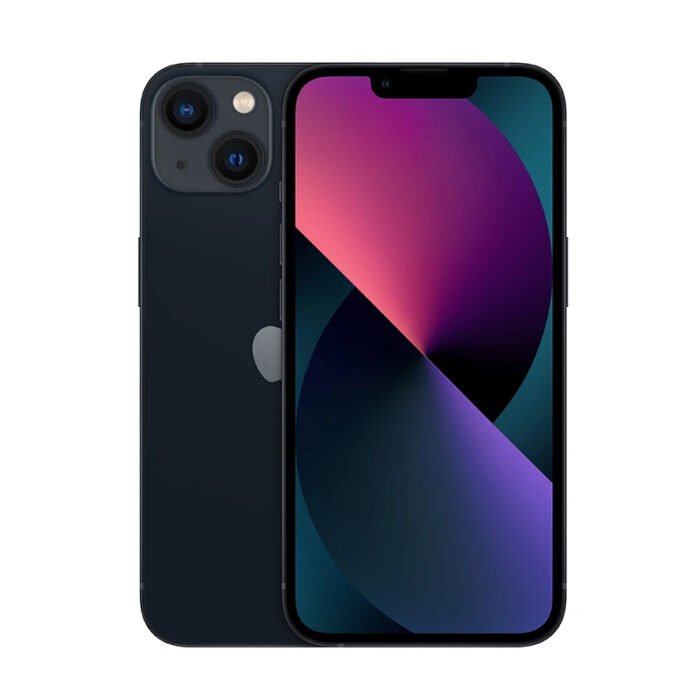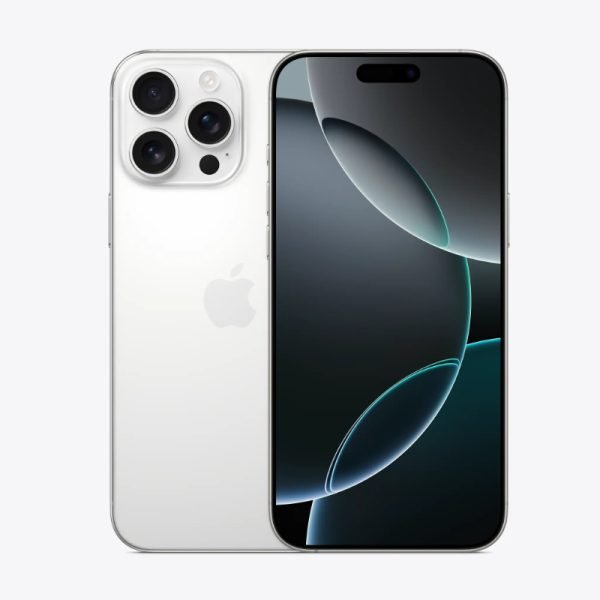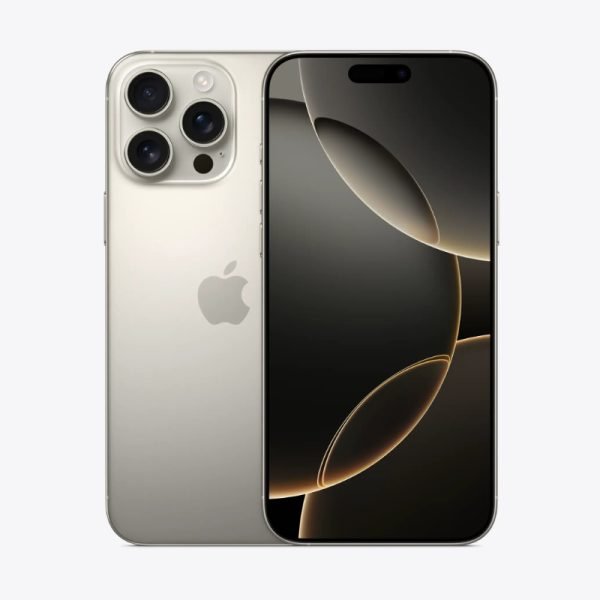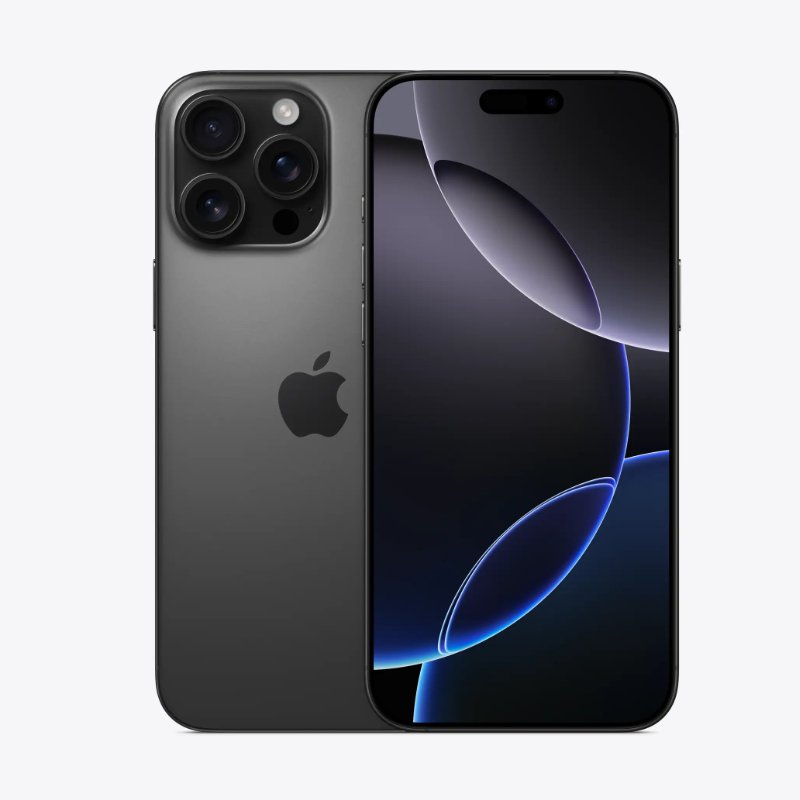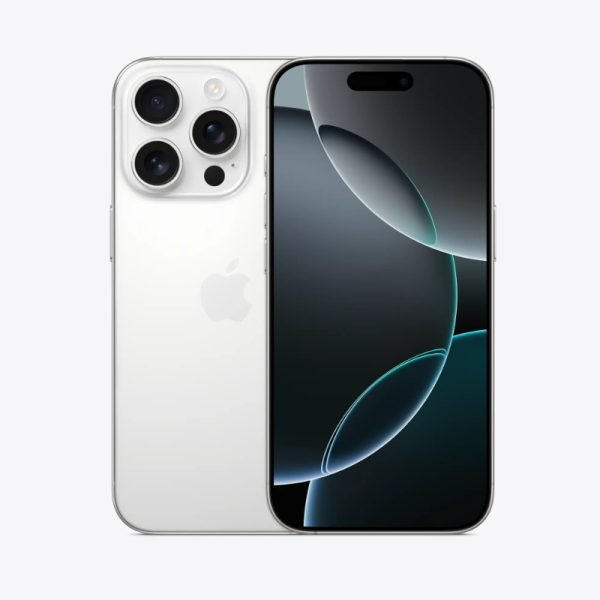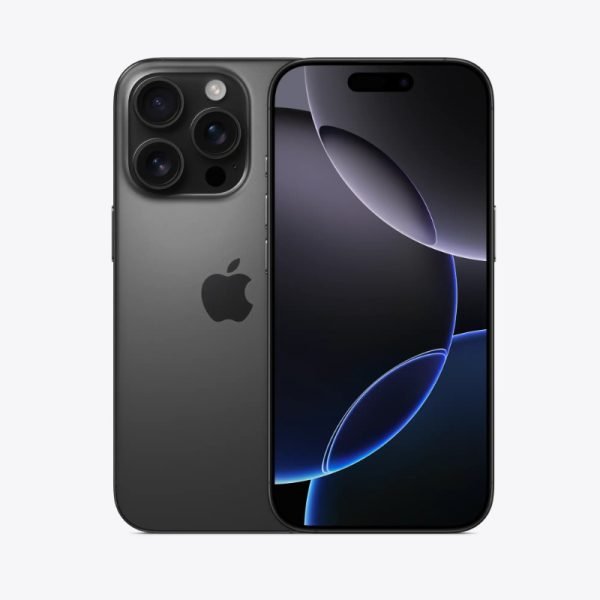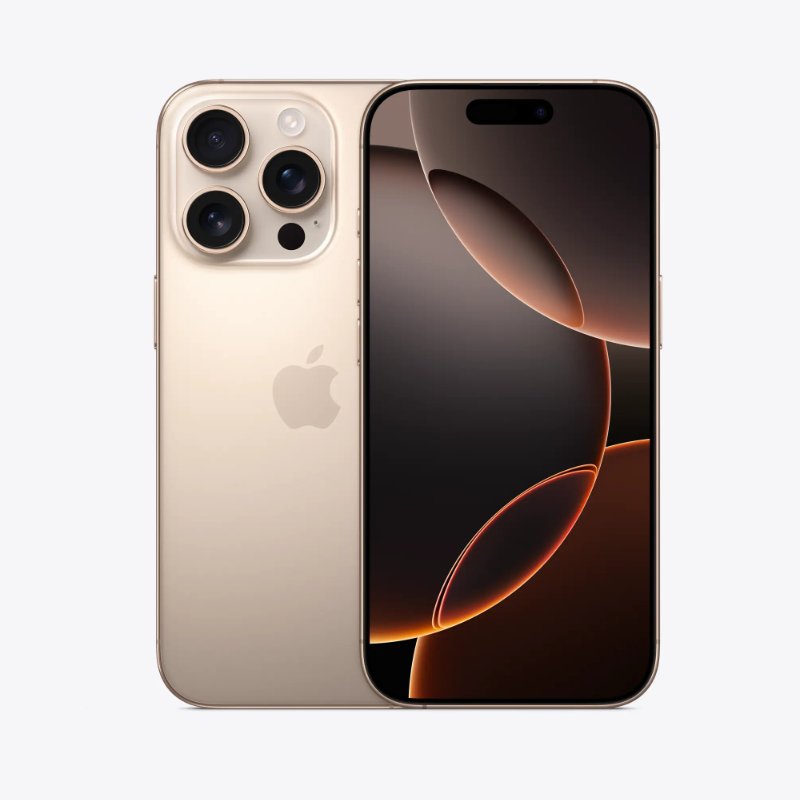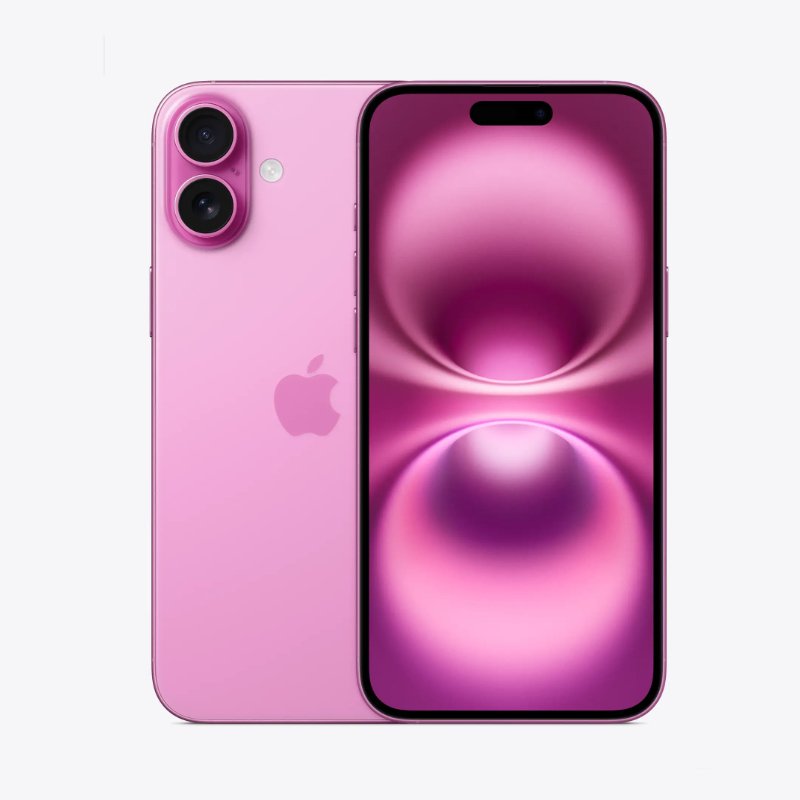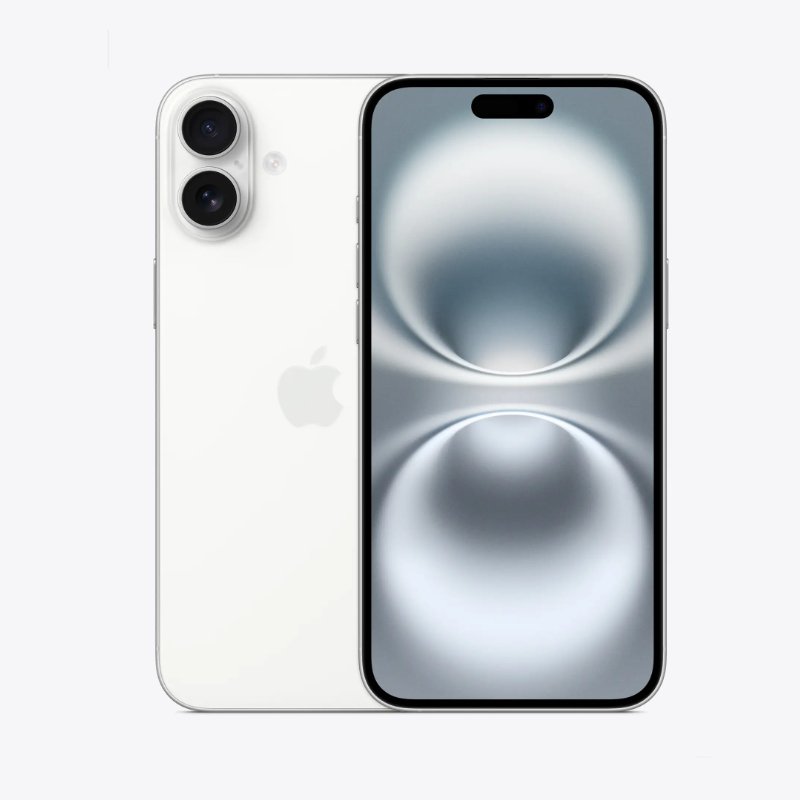Redmi Note 14 Vs. Redmi Note 13
Here’s the detailed comparison for the redmi note 14 Vs. Redmi Note 13:


| Feature | Redmi Note 14 4G | Redmi Note 13 4G | Key Difference |
|---|---|---|---|
| Launch/Release | January 2025 (Announced) | January 2024 (Released) | Redmi Note 14 4G is the newer generation. |
| Display | 6.67-inch AMOLED, 1080 x 2400 pixels (~395 ppi), 120Hz, 1800 nits (peak), Corning Gorilla Glass 5 | 6.67-inch AMOLED, 1080 x 2400 pixels (~395 ppi), 120Hz, 1800 nits (peak), Corning Gorilla Glass 3 | Both have similar high-quality AMOLED displays with 120Hz. Note 14 4G has newer Gorilla Glass 5 for better protection. |
| Processor | MediaTek Helio G99 Ultra (6 nm) | Qualcomm Snapdragon 685 (6 nm) | The Helio G99 Ultra in the Note 14 4G is generally considered a performance upgrade over the Snapdragon 685 in the Note 13 4G. |
| RAM | 6GB / 8GB | 6GB / 8GB | Both offer similar RAM options, with expandable virtual RAM. |
| Storage | 128GB / 256GB | 128GB / 256GB | Both offer similar storage options, expandable via microSD. |
| Battery Life | 5500 mAh | 5000 mAh | Redmi Note 14 4G has a noticeably larger battery capacity, likely offering superior battery life. |
| Charging | 33W wired | 33W wired | Both offer the same 33W wired fast charging speed. |
| Rear Camera | 108MP (Wide, f/1.7, OIS) + 8MP (Ultrawide) + 2MP (Macro/Depth) | 108MP (Wide, f/1.8, OIS) + 8MP (Ultrawide) + 2MP (Macro) | Both feature a 108MP main camera with OIS and similar auxiliary lenses. Note 14 4G’s main sensor has a slightly wider aperture. |
| Front Camera | 20MP (Wide, f/2.2) | 16MP (Wide, f/2.4) | Redmi Note 14 4G offers a higher resolution front camera for selfies. |
| Build | Glass front (Gorilla Glass 5), plastic back, plastic/aluminum frame, IP54 | Glass front (Gorilla Glass 3), plastic frame, plastic back, IP54 | Note 14 4G has stronger Gorilla Glass 5. Both have an IP54 rating for dust and splash resistance. The Note 14 4G may have an aluminum frame in some variants. |
| Water Resistance | IP54 (dust and splash resistant) | IP54 (dust and splash resistant) | Both offer the same level of basic dust and splash resistance. |
| Software | Android 14, HyperOS | Android 13 (upgradable to 14), HyperOS (initially MIUI 14) | Redmi Note 14 4G launches with a newer Android version out of the box and will likely receive more future software updates. |
| Special Features | Stereo Speakers, In-display fingerprint, IR Blaster, Bluetooth 5.3 | Stereo Speakers, In-display fingerprint, IR Blaster, Bluetooth 5.1 | Both are well-equipped with common Redmi features. Note 14 4G has slightly newer Bluetooth. |
| Price (Kenya) | KES 21,100 – 25,000 | KES 21,000 – 22,300 | The Redmi Note 14 4G is slightly more expensive due to its newer generation and incremental upgrades. |
My Choice and Why:
Both the Redmi Note 14 4G and Redmi Note 13 4G are excellent mid-range phones, consistent with your stated preference for mid-range devices. They offer impressive AMOLED displays with 120Hz refresh rates, good cameras and large batteries for their price segments.
However, the Redmi Note 14 4G generally presents a more compelling package as the newer generation, especially for users buying a new phone today.
Advantages of Redmi Note 14 4G:
* Newer Processor: The MediaTek Helio G99 Ultra is a notable upgrade, offering better overall performance for daily tasks and gaming compared to the Snapdragon 685.
* Larger Battery: The 5500 mAh battery capacity is a significant improvement over the 5000 mAh of the Note 13 4G, promising longer usage times.
* Newer Android Version: Launching with Android 14 means it will receive longer software support into the future compared to a phone that started on Android 13.
* Better Build Protection: Corning Gorilla Glass 5 offers enhanced durability for the display.
* Improved Front Camera: A 20MP selfie camera provides better detail for photos and video calls.
Considerations for Redmi Note 13 4G:
* Price: It might be found at a slightly lower price point, making it a good value if budget is extremely tight and the minor upgrades of the Note 14 4G aren’t crucial.
* Availability: Being an older model, it might be more readily available in various stores.
Conclusion:
Given that both are good mid-range options, if your budget allows for the slightly higher cost, the Redmi Note 14 4G is the better and more future-proof choice. It brings incremental but meaningful upgrades in performance, battery life, front camera, and display protection, alongside a newer Android version out of the box. If you find a very good deal on the Redmi Note 13 4G and those specific upgrades aren’t a deal-breaker, it’s still a solid phone, but the Note 14 4G offers a more refined experience for a fresh purchase.


